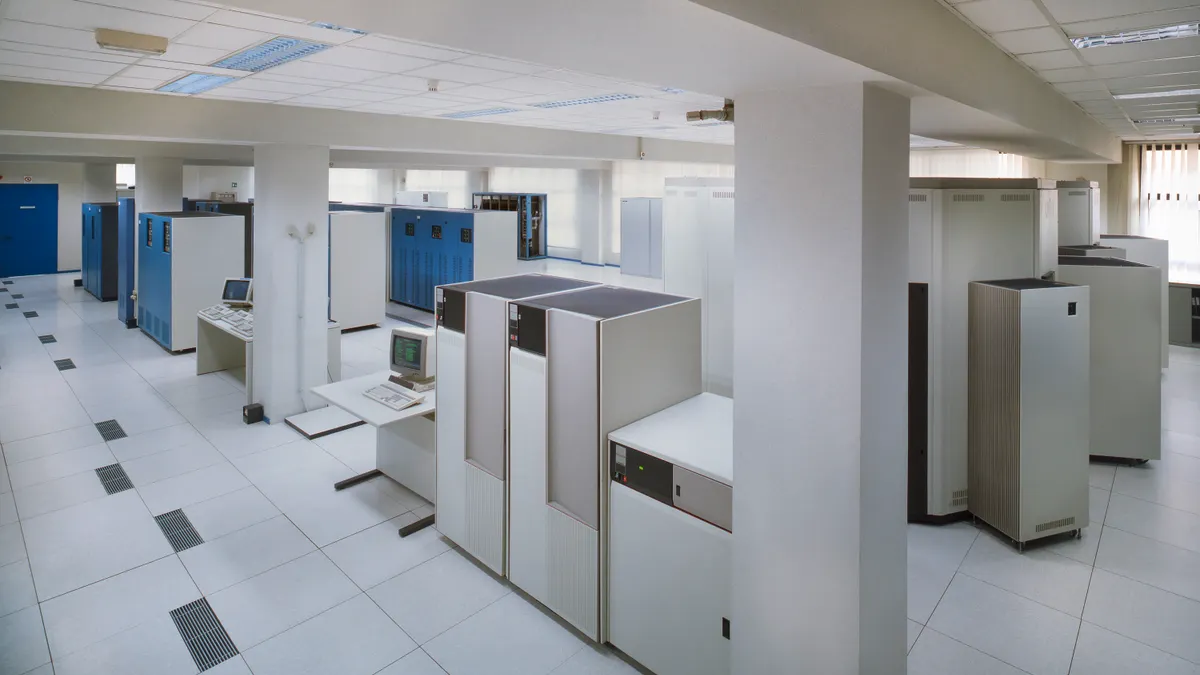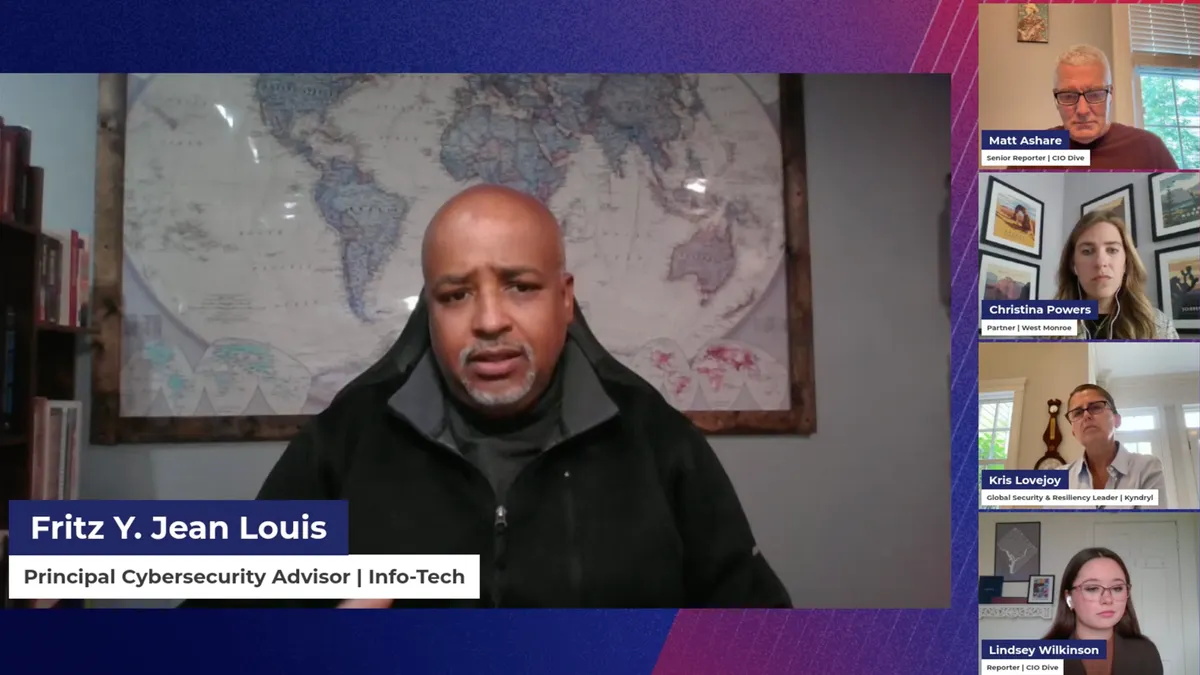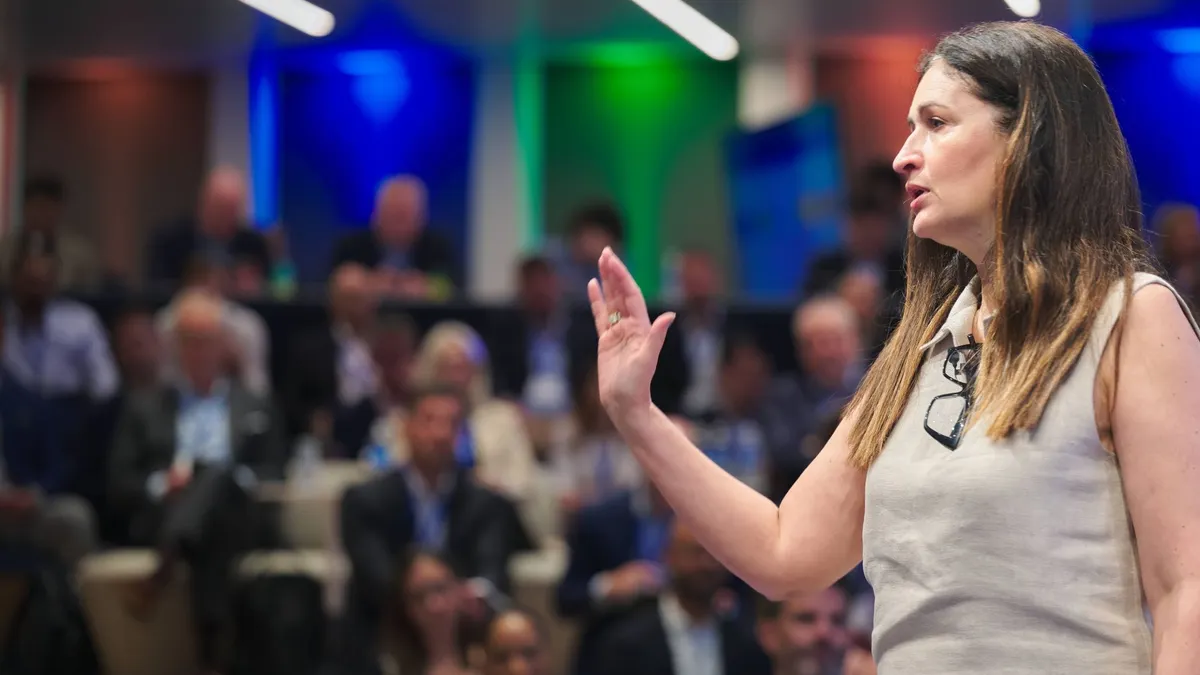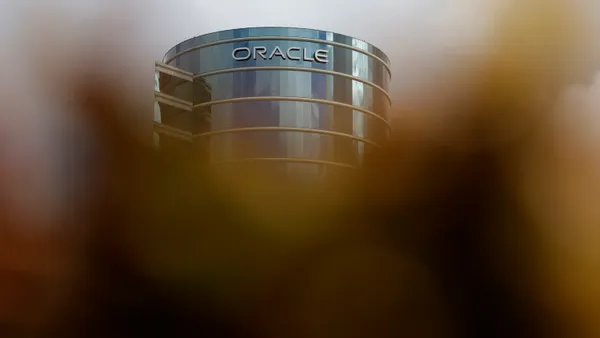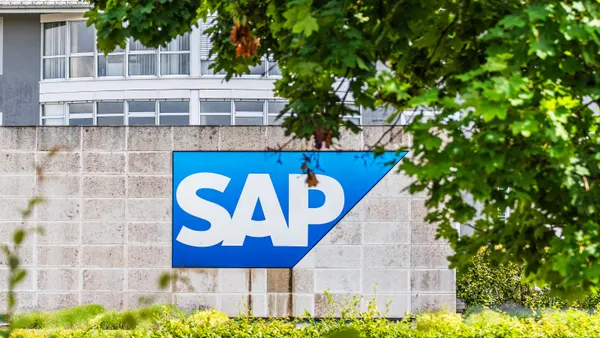Dive Brief:
- Mainframe workforce demographics are shifting as veteran engineers retire and younger technologists join the ranks, according to BMC. The IT service management provider surveyed 1,000 mainframe technologists for its 20th annual report.
- Just over half of respondents identified as millennials, up from 36% seven years ago. Generation Z mainframers comprised 15% of this year’s respondents, a jump from just 1% in 2018.
- “Twenty years ago, the conversation around the mainframe was often about its longevity,” John McKenny, SVP and GM of Intelligent Z optimization and transformation at BMC, said in an announcement accompanying the report. "That narrative has completely transformed … A new generation of professionals is embracing the platform, driving innovation and leveraging AI technologies.”
Dive Insight:
While cloud threatened to supplant mainframe as a core enterprise platform, the compute workhorse has proven remarkably resilient. Broad concerns about data privacy and security related to the use of cloud-based generative AI technologies have helped bolster mainframe’s reputation in recent years.
“If you have a mainframe, it’s almost certainly running critical business applications, regardless of the industry,” McKenny told CIO Dive in July. “These organizations wouldn’t have a mainframe if it wasn't running a core application.”
Sentiment around the mainframe’s projected lifespan has shifted along with the demographic composition of the workforce maintaining the units.
Nearly every respondent to the BMC survey — 97% — viewed mainframe as a long-term environment suited for new workloads, which was the highest percentage in the survey’s two-decade span. Almost three quarters of respondents said their organization was expanding its mainframe capacity; more than one-third attributed the growth to novel applications or a mix of legacy and new apps.
Generative AI workloads, including agentic tools, are some of the platform’s most recent arrivals. More than 4 in 5 organizations have implemented or plan to deploy large language models in mainframe environments, according to a Kyndryl survey of 500 business and IT professionals published earlier this month.
LLM coding capabilities are also helping sustain mainframes as engineers leverage generative AI assistants to modernize legacy applications.
Capgemini targeted aging COBOL code and databases, and Rocket Software leveraged natural language processing to overcome mainframe modernization hurdles with AI assistants rolled out in May. BMC also has an automated mainframe intelligence tool, called BMC AMI Assistant, that deployed last year and IBM’s watsonx assistant increased its capabilities to include a library of over 100 programming languages in October.
As the mainframe workforce gets younger, generative AI models trained on legacy code are helping bridge the inherent skills gaps created when veteran engineers retire, leaving newer hires to grapple with aging applications, McKenny said.
The latest generation of mainframe, IBM's z17, meets developers on AI-native soil, with processors designed for high-capacity workloads and a retooled operating system that can run applications in Python as well as COBOL, C and Java.



